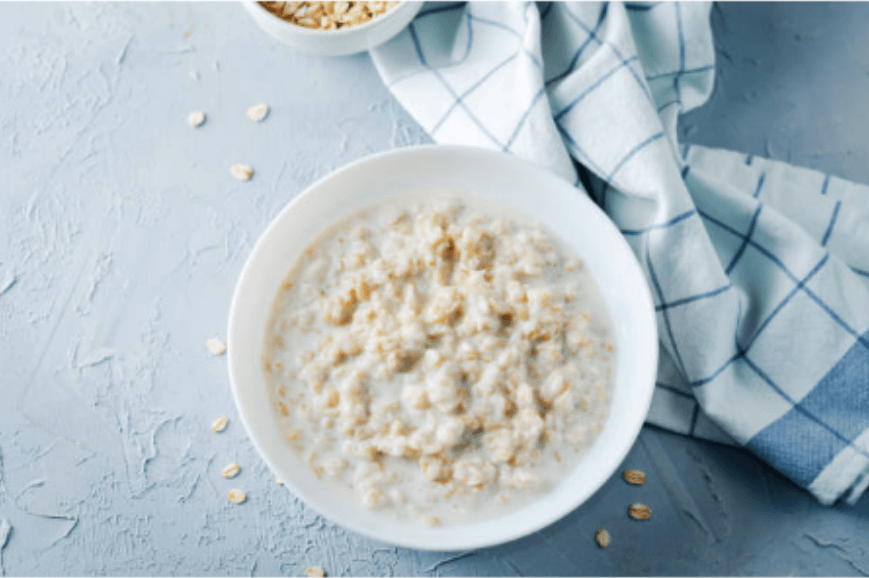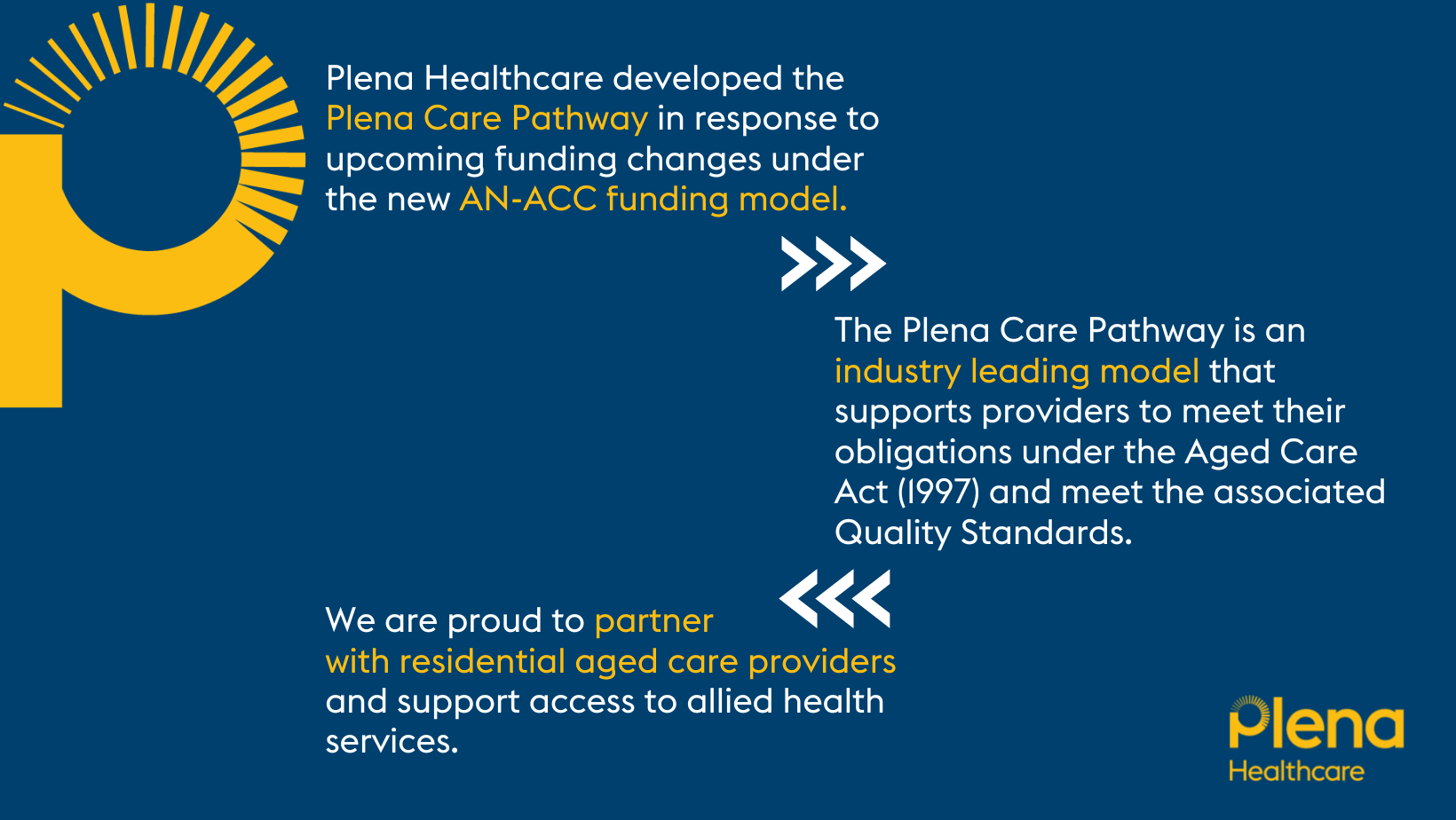Menu reviews are a useful tool for identifying both areas of excellence and areas of improvement within an aged care menu. One of the most common findings from menu reviews is that serves of grains are often below recommendations in texture modified diets. This is due to the omission of sliced bread and toast which is not suitable unless approved by a Speech Pathologist. However, grains play an important role in our health, and can be added to texture modified diets with just a bit of creative thinking!
Why are grains important?
Fibre
Grains can be an excellent source of soluble and insoluble fibre. This means that it can help in the management of both constipation and diarrhoea. Fibre helps regulate the bowels and support digestive health by promoting the growth of good gut bacteria. In addition to this, fibre can also help manage blood cholesterol as well as blood sugar. Foods that are high in fibre are digested slower which means that they can help keep us fuller for longer.
Energy
Grains are high in protein, especially carbohydrates, making them an excellent fuel source for our body! It is recommended that about 45-65% of our diet should be made up of carbohydrates. Carbohydrates are also our body’s preferred source of energy. Unsurprisingly, one of the main side effects of low carbohydrate consumption is fatigue. Therefore regular intake of grains throughout the day can help stabilise energy and blood sugar levels. This is especially important for individuals with diabetes.
Vitamins and minerals
In addition to fibre and energy (in the form of carbohydrates), grains also provide a powerhouse of essential vitamins and minerals that are needed to support overall health. These include several B group vitamins, vitamin E, iron, zinc, magnesium, and phosphorus. Including a wide variety of different grains in the diet can help prevent nutritional deficiencies.
How can grains be included in a texture modified diet?
Individuals may require a texture modified diet for a variety of reasons. These include poor dentition, difficulty swallowing, mouth sores, fatigue, and preference for softer food. Texture modification often requires cooking foods for a bit longer, cutting food into small pieces, adding extra liquid, or blending. Grains naturally contain less water than foods such as fruits and vegetables; therefore, they can be challenging to incorporate into texture modified diets. However, finding creative ways to include them ensures that nobody misses out! Some ways to incorporate grains into texture modified diets include:
- Blending oats into smoothies and milkshakes.
- Blending pasta, noodles, rice, or barley into soups and sauces.
- Thickening gravies, sauces, and casseroles with breadcrumbs.
- Serving porridge or Weet-Bix soaked in milk for breakfast.
- Offering polenta instead of mashed potato.
- Offering rice or semolina pudding as a dessert.
- Pureeing cakes and muffins in cream, butter and milk.
- Adding cooked oats to puree fruit to make a “crumble”.
- Offering grain-based meals such as risotto or congee.
- Blending pancakes or French toast in butter, syrup, and cream.
It is recommended that adults over the age of 65 consume 3-6 servings of grains per day. Therefore offering grains at each meal and snack can help ensure that adequate serves are being provided. Most grains can be modified as long as they don’t contain hard pieces that resist blending, such as seeds and some skins.
The key to modifying grains is adding a liquid that will both create the right texture and enhance the taste. Using liquids such as soup, sauces, milk, cream, and butter have the added benefit of increasing the protein and energy content of the food. This can help prevent malnutrition which is a risk for residents following a texture modified diet. So have fun getting creative in the kitchen!
If you would like to ensure that your menu is nutritionally balanced, request a menu review from your Plena Healthcare Dietitian.



